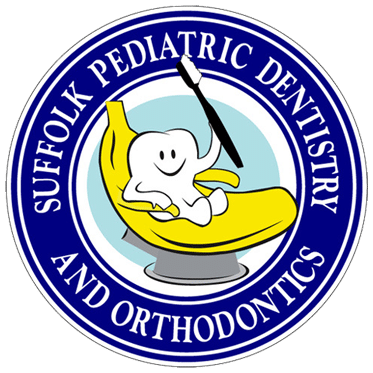Early Orthodontic Treatment on Long Island

Suffolk Pediatric Dentistry and Orthodontics provides early dental treatment for children in Long Island, NY. Call us at one of our 5 locations in Port Jefferson Station, Wading River, Sayville, Smithtown, and Medford to learn more and schedule your appointment.
Around age 7, the first adult molars typically erupt, helping to define a patient’s back bite and allowing the orthodontist to more effectively evaluate the bite. Treatment at this age may not be necessary, but orthodontic monitoring can help anticipate the ideal timeline for the most effective treatment and also help to prevent more serious problems in the future.
Some results of effective early treatment:
- Reducing the need for tooth removal
- Creating space for crowded, erupting teeth
- Reducing the risk of injury to protruding front teeth
- Preserving needed space for permanent teeth
- Reducing future orthodontic treatment time
Phase I (Early) Treatment
Phase I treatment usually takes places between the ages of 7-11 and can involve appliances that create space in the mouth and correct bite problems while growth is still occurring. This stage is generally completed early, while patients still have mixed dentition (baby teeth and adult teeth). Treatment during this phase can include the use of oral appliances such as palatal expander devices (PED) and space maintainers.
Palatal Expander Devices (PED)
Both removable and fixed PEDs can be used to address crowding and other issues by expanding the upper jaw to make more room to accommodate tooth and/or jaw alignment.
Space Maintenance
Space maintainers are used to keep teeth from drifting into an empty tooth space due to early loss of primary (baby) teeth. Baby teeth act as a guide for the eruption of the permanent teeth. A space maintainer is made of stainless steel and/or plastic. It can be removable or fixed to the teeth.
Phase II (Adolescent) Treatment
Phase II typically occurs during adolescence because around ages 11-13 is when most patients have lost all of their deciduous (baby) teeth and their permanent teeth have, for the most part, come in. Because rapid growth occurs during adolescence, it is easier to treat orthodontic problems.
